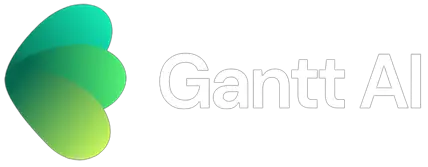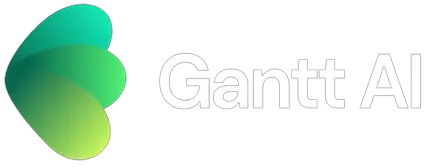In a dynamic and complex industry like construction, technology isn’t just a luxury—it’s a must have. Scheduling technology has evolved into a key driver of productivity, transparency, and project success. Let’s explore 10 ways construction scheduling tech is revolutionizing project management.
- Real-Time Project Tracking and Computer Vision
With scheduling technology, project managers gain real-time visibility into project progress. By using GPS, RFID tags, mobile platforms, and computer vision, automated analysis of site images and videos can provide highly accurate progress updates. This tech reduces human error and improves the precision of tracking, leading to more informed decisions.
Moreover, integrating weather forecasts into scheduling tools helps identify weather risks for tasks vulnerable to environmental conditions, proactively adjusting schedules to avoid delays.
- Efficient Resource Allocation
Advanced scheduling tools optimize the use of resources, ensuring that materials and labor are where they need to be at the right time. These tools can also adjust for weather forecasts, helping project managers prioritize tasks based on favorable conditions, reducing idle time, and minimizing waste.
- Enhanced Communication
Clear communication is essential for successful project management. Scheduling platforms today integrate communication tools that allow real-time sharing of updates, documents, and changes. Cloud-based systems facilitate collaboration between on-site and remote teams, speeding up issue resolution and reducing miscommunication. Instant alerts ensure every team member is informed, keeping projects on track.
- Automated Task Scheduling and Dynamic Adjustments
Automation has revolutionized scheduling by eliminating the manual burden of handling complex task dependencies. Automated scheduling generates optimal timelines based on resource availability, task duration, and dependencies. What sets this apart is the ability to dynamically adjust the schedule in real-time. If unforeseen delays occur, such as workforce changes or supply issues, the system automatically reschedules tasks to maintain momentum.
This flexibility ensures smooth operations even in the face of unexpected disruptions.
- AI-Powered Predictive Scheduling and Optimization
AI takes construction scheduling beyond automation by using data to predict potential issues and optimize task sequences. Tools like Gantt AI help:
- Generate New Schedules: Create optimized schedules based on past project data.
- Review Proposed Schedules: AI quickly identifies potential conflicts, resource over allocations, and unrealistic timelines.
- Scenario Planning (What-If Analysis): Simulate different scenarios and rework schedules in seconds to avoid risks or improve efficiency.
AI’s ability to forecast delays and bottlenecks before they happen allows for proactive adjustments that keep projects running smoothly.
- Risk Management with Weather Forecast Integration
Risk management tools now integrate weather forecasts to predict weather-related risks and mitigate their impact. By incorporating weather data into the scheduling process, project managers can plan around adverse conditions, adjusting timelines and resources. For example, tasks like concrete pouring or exterior work can be rescheduled to avoid predicted storms, preventing costly delays.
(Related: How to Mitigate Construction Risk and Insolvencies)
- Seamless Software Integration
Scheduling technology thrives when integrated with other software solutions, such as ERP systems, BIM tools, and project management platforms. These integrations eliminate silos and ensure that every team member has access to accurate, up-to-date information. The integration of weather forecasting software further enhances decision-making by providing real-time environmental data that impacts task prioritization.
- Mobile Access and Updates
Mobile access allows project managers and site teams to stay connected no matter where they are. Scheduling platforms with mobile apps enable instant updates, task tracking, and issue reporting from the field. This on-the-go access improves communication, enhances data accuracy, and allows for faster adjustments to the schedule when unforeseen issues arise.
- Data-Driven Decisions
Modern construction scheduling tools use the vast amounts of data generated by projects to drive better decision-making. From predictive analytics that anticipate project timelines to performance metrics that guide resource allocation, data-centric scheduling helps optimize every aspect of project management.
(Related: The Advantages of Data-Driven Decision-Making)
- Improved Client and Stakeholder Engagement
Scheduling technology enhances transparency by allowing clients and stakeholders to access real-time project information. User-friendly interfaces ensure that stakeholders can monitor progress, provide input, and collaborate on decisions that affect outcomes. This increased engagement improves client satisfaction and keeps expectations aligned throughout the project.
Choosing the Right Technology
To help you make a decision on any new construction scheduling technology solution, here is a simple scorecard. Use it to evaluate different options by assigning weights based on the importance of each factor and ranking each solution accordingly. This will give you a clear, data-driven assessment of which tool best fits your needs.

Solution Effectiveness Evaluation Table
- Weight (0-100): The importance you assign to each factor.
- Rank (0-10): How each option performs on a scale of 0-10 for each factor.
- Score: The product of Weight x Rank.


